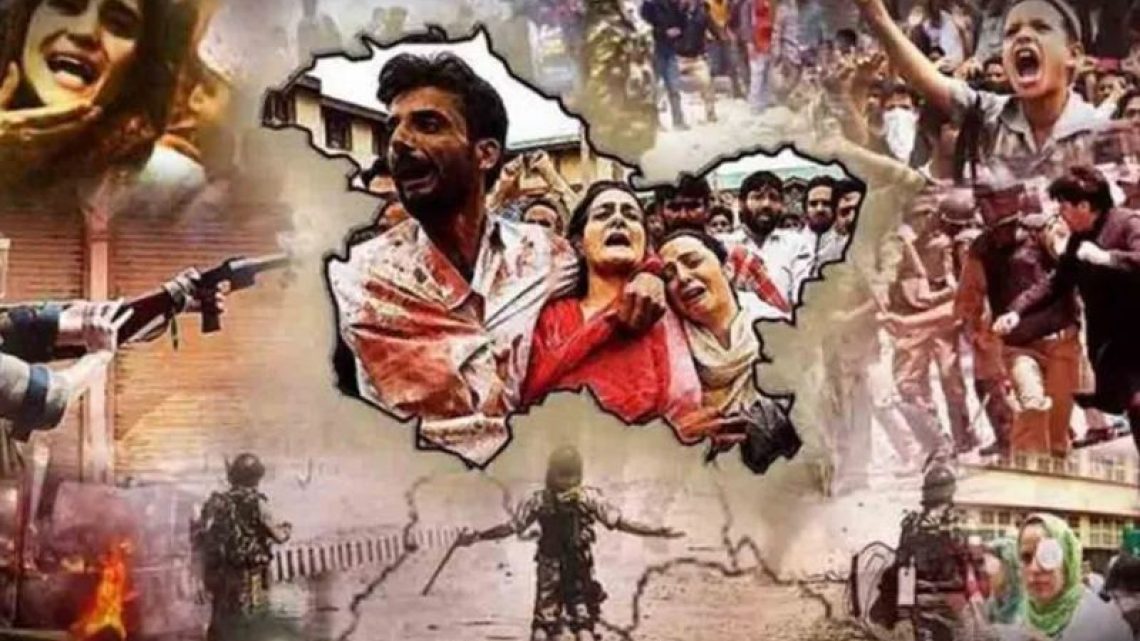
India’s Deceptive Narratives in the Kashmir Conundrum
November 13, 2023In recent times, the Indian government’s portrayal of normalcy in the region of IIOJK (Indian Illegally Occupied Jammu and Kashmir) has come under scrutiny, with claims of distortion and misinformation gaining prominence. The Modi regime, since August 5, 2019, has been accused of crafting false narratives around investment and development to justify its controversial actions in the region.
Despite India’s attempts to paint a picture of tranquility, the ground situation in IIOJK tells a different story. The alleged return to normalcy is contradicted by the harsh reality faced by the people in the region. Even mainstream Kashmiri politicians are questioning the Modi government’s narrative, bringing attention to the discrepancy between the official statements and the ground truth.
Former Chief Minister Mehbooba Mufti raises a poignant question – if the situation has genuinely improved, why are Kashmiris still facing harassment through probe agencies, and why are jails filled to capacity? These queries challenge India’s assertion that normalcy has returned to IIOJK.
The facade of normalcy is further shattered by the daily occurrences of killings, raids, searches, and arrests. Critics argue that Indian troops have effectively turned IIOJK into an open jail, where basic human rights are allegedly abused on a daily basis. This stark contrast to the official narrative brings into question the credibility of India’s claims regarding the situation in the region.
India’s deployment of falsehood as a state policy to manipulate the international perspective on IIOJK is not a new phenomenon. The long-standing history of misinformation raises concerns about the accuracy of India’s current portrayal of normalcy in the region.
The plea for Kashmiris to be heard and granted the opportunity to decide their own future resonates strongly in the narrative. Calls for the international community to press India to allow Kashmiris the right to determine their destiny become imperative, emphasizing that normalcy will remain elusive until the Kashmir dispute is resolved in accordance with the aspirations of the people.
Therefore, the divergence between India’s assertions of normalcy in IIOJK and the ground reality paints a complex picture. As the world watches, the need for an unbiased examination of the situation becomes more apparent, with the realization that a lasting normalcy in IIOJK hinges on addressing the Kashmir dispute in a manner that respects the aspirations of its people.

